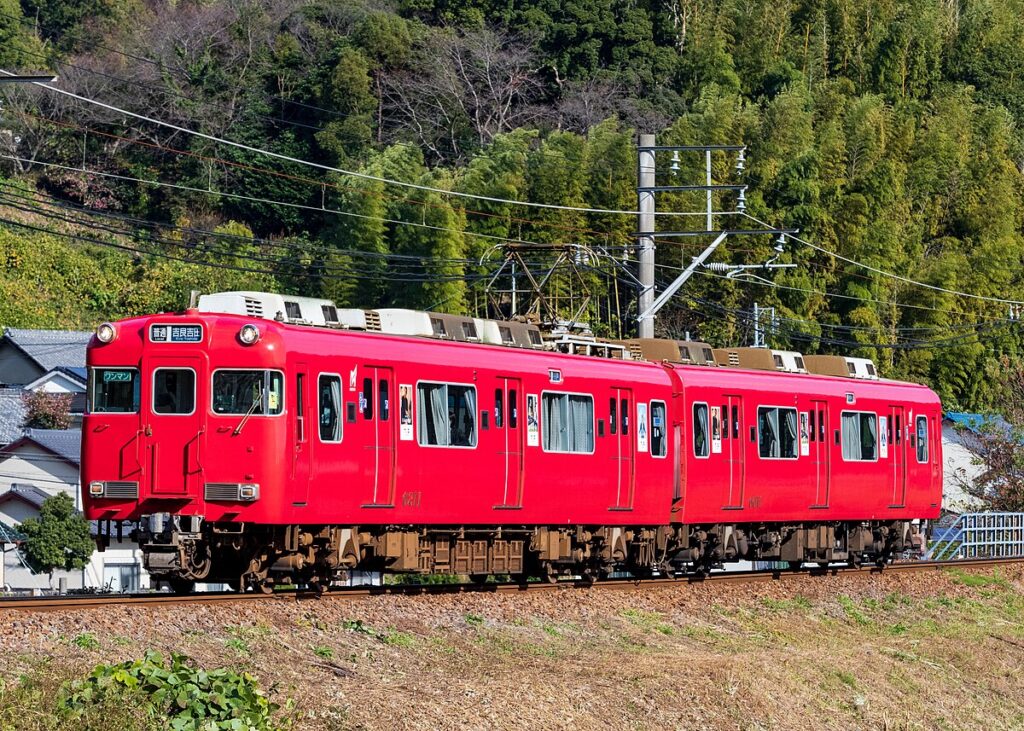Tourist attractions--archive--
-

Mogami River Boat Ride (Tozawa Village, Yamagata Prefecture)
Overview (History, Features, and Attractions) The Mogami River Boat Trip (Tozawa Village, Yamagata Prefecture) is a traditional sightseeing boat ride that allows you to enjoy the scenery of Yamagata's most famous river, the Mogami River, up close. During the Edo period, the Mogami River was a major artery for transporting goods. The experience of traveling down the Mogami River on a traditional boat allows you to experience both natural beauty and history at the same time. Matsuo... -

Hanazono Shrine (Shinjuku Ward, Tokyo)
Overview (History, Features, and Attractions) Hanazono Shrine is a historic shrine located in Shinjuku 5-chome, Shinjuku Ward, Tokyo. Despite its central location in Shinjuku, it is a beloved spot for local residents. It is said to have been founded around the Edo period, and has been rebuilt and maintained despite war damage and urbanization. -

Rokkozaki Lighthouse (Suzu City, Ishikawa Prefecture)
Overview (History, Features, and Attractions) Rokugozaki Lighthouse stands on a cape in Suzu City, at the northernmost tip of the Noto Peninsula. Known for its panoramic views of the rugged Sea of Japan and the vast horizon, the lighthouse's surroundings offer a magnificent panorama and stunning sunrise and sunset views. -

Harunire Terrace (Karuizawa Town, Kitasaku District, Nagano Prefecture)
Overview (History, Features, and Attractions) Harunire Terrace is a stroll-style commercial complex located in Karuizawa Town, Kitasaku District, Nagano Prefecture, adjacent to Hoshinoya Karuizawa and Karuizawa Forest. The site is filled with trees such as Japanese elm and white birch, and the wooden buildings lined along the stream create a tranquil atmosphere. There is also a cafe... -

Kudaka Island (Nanjo City, Okinawa Prefecture)
Overview (History, Features, and Attractions) Kudaka Island is a small island located off the coast of Nanjo City in the southern part of Okinawa's main island. It is known as the "Island of the Gods," deeply connected to the creation myths of the Ryukyu Kingdom and ancient Ryukyu beliefs. Since ancient times, the island has been a place of rituals and departures, and there are shrines and prayer halls on the island... -

Kamiiso Torii (Oarai Town, Ibaraki Prefecture)
Kamiiso no Torii (Oarai Isosaki Shrine, Oarai Town, Ibaraki Prefecture) — Overview (History, Features, and Attractions) Kamiiso no Torii (Kamiiso no Torii) is a torii gate standing on the seashore of Oarai Isosaki Shrine in Oarai Town, Ibaraki Prefecture. Built on a rock above the sea, it offers a magnificent view of the Pacific Ocean, and its sunrise views are particularly captivating, attracting visitors from both within Japan and abroad. -

Kodomo no Kuni (Aoba Ward, Yokohama City, Kanagawa Prefecture)
We've created a Japanese introduction for Kodomo-no-Kuni (Aoba Ward, Yokohama City, Kanagawa Prefecture) that you can copy and paste directly into WordPress Gutenberg. It's divided into headings, so you can simply paste it into an article block and use it. [Kodomo-no-Kuni (Aoba Ward, Yokohama City, Kanagawa Prefecture)] [... -

Hitoyoshi Onsen (Hitoyoshi City, Kumamoto Prefecture)
Overview (History, Features, and Attractions) Hitoyoshi Onsen is a hot spring resort located in the center of Hitoyoshi City, Kumamoto Prefecture, and along the Kuma River. Retaining the atmosphere of a castle town, Hitoyoshi has long flourished as a hot spring resort and a traveler's post town, and even today is dotted with numerous long-established inns, public baths, and footbaths. The quality of the hot spring water varies from facility to facility... -

Kasugayama Castle (Joetsu City, Niigata Prefecture)
Overview (History, Features, and Attractions) Kasugayama Castle is the remains of a Sengoku period mountain castle in Joetsu City, Niigata Prefecture, and is particularly known as the residence of Uesugi Kenshin (then a member of the Nagao clan). Built on the ridge of Mount Kasugayama at an elevation of approximately 180 meters, the "mountain castle" boasts numerous enclosures, earthworks, moats, and gates... -

Kakeroma Island (Setouchi Town, Oshima District, Kagoshima Prefecture)
Overview (History, Features, and Attractions) Kakeroma Island is one of the inhabited islands in the Amami Islands, located in Setouchi Town, Oshima District, Kagoshima Prefecture. With a subtropical climate, it is a quiet remote island dotted with white sand beaches, crystal clear coral reefs, lush green forests, and small villages, allowing you to experience island time. History...


